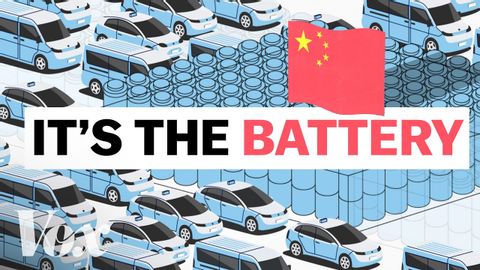中国がEV戦争に勝つ理由 (Why China is winning the EV war)
VoiceTube が 2024 年 06 月 11 日 に投稿  この条件に一致する単語はありません
この条件に一致する単語はありませんUS /məˈdʒɔrɪti, -ˈdʒɑr-/
・
UK /mə'dʒɒrətɪ/
US /dɪˈvɛləp/
・
UK /dɪ'veləp/
- v.t./i.展開する;開発する;発達する;現像する;発症する;磨く
US /dɪˈmænd/
・
UK /dɪ'mɑ:nd/
- n. (c./u.)要求;要求;需要;法的要求
- v.t.要求する;必要
エネルギーを使用
すべての単語を解除
発音・解説・フィルター機能を解除
